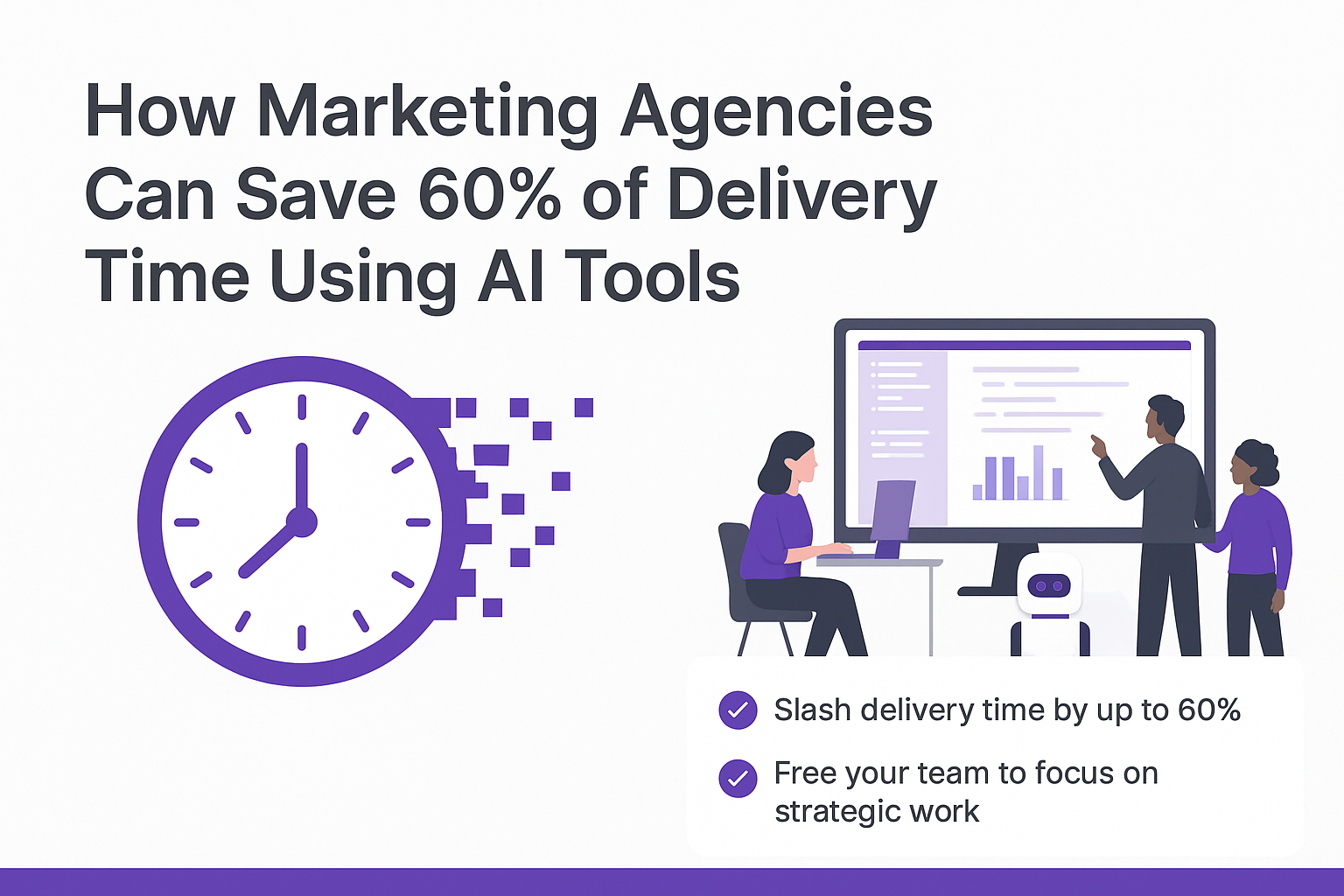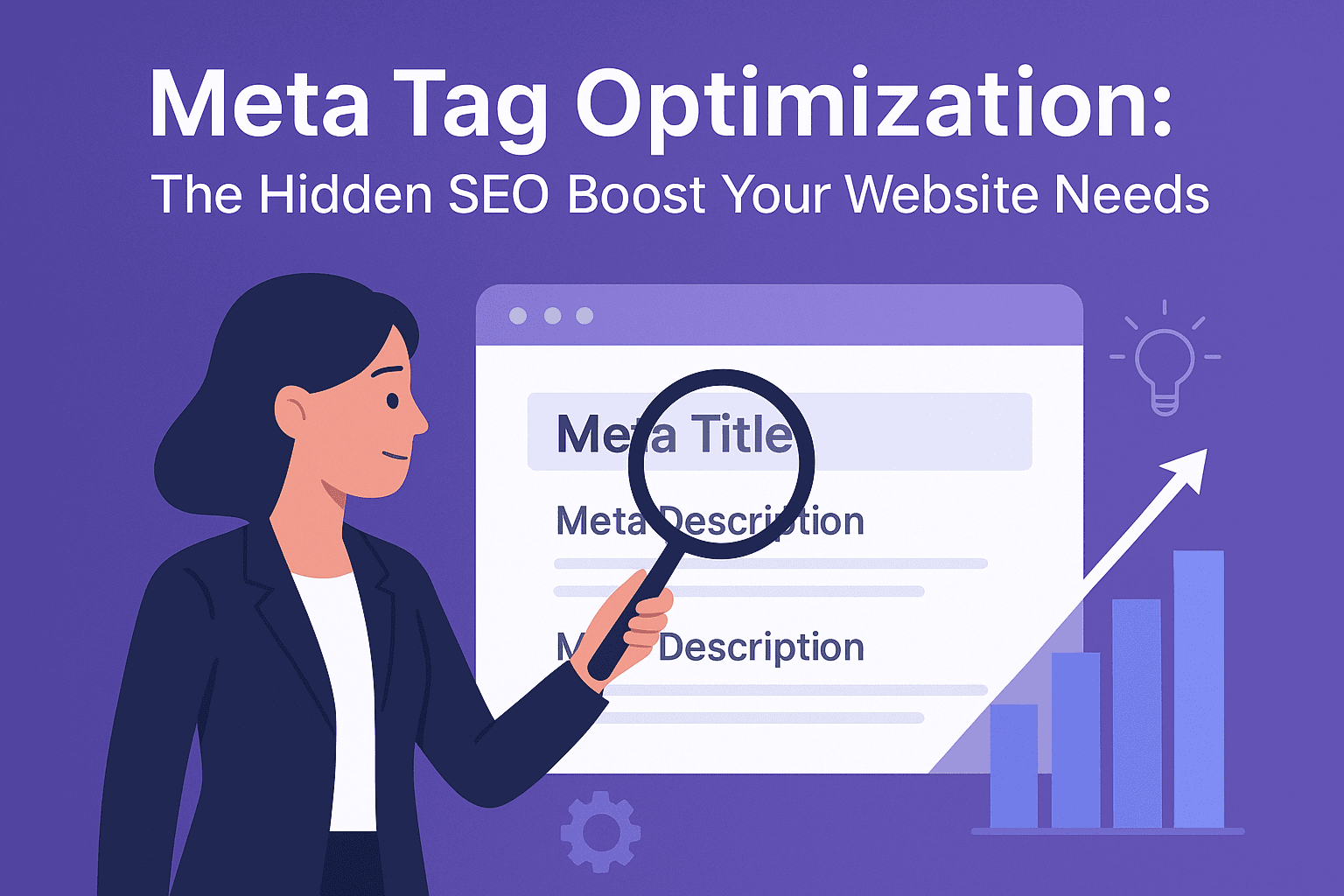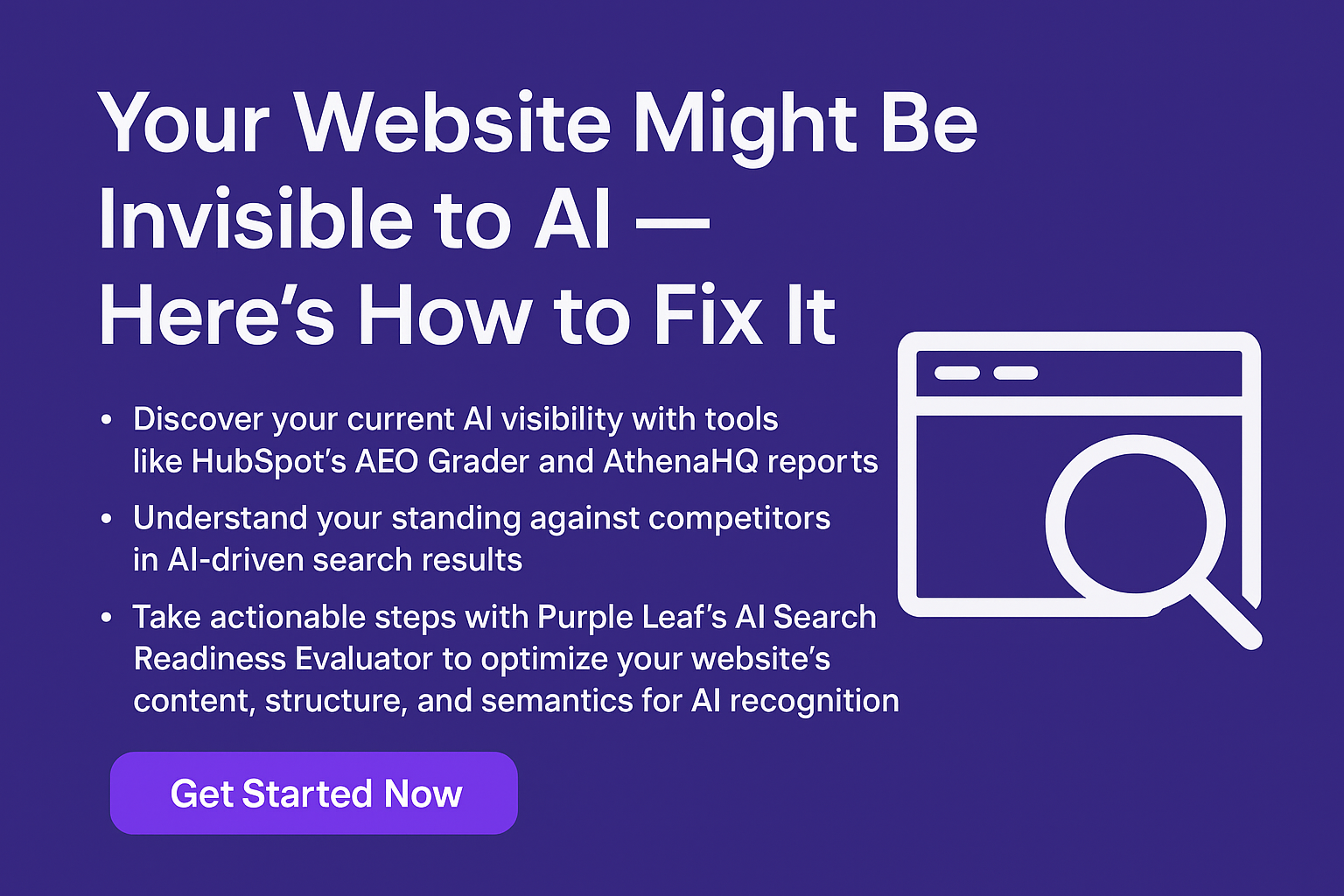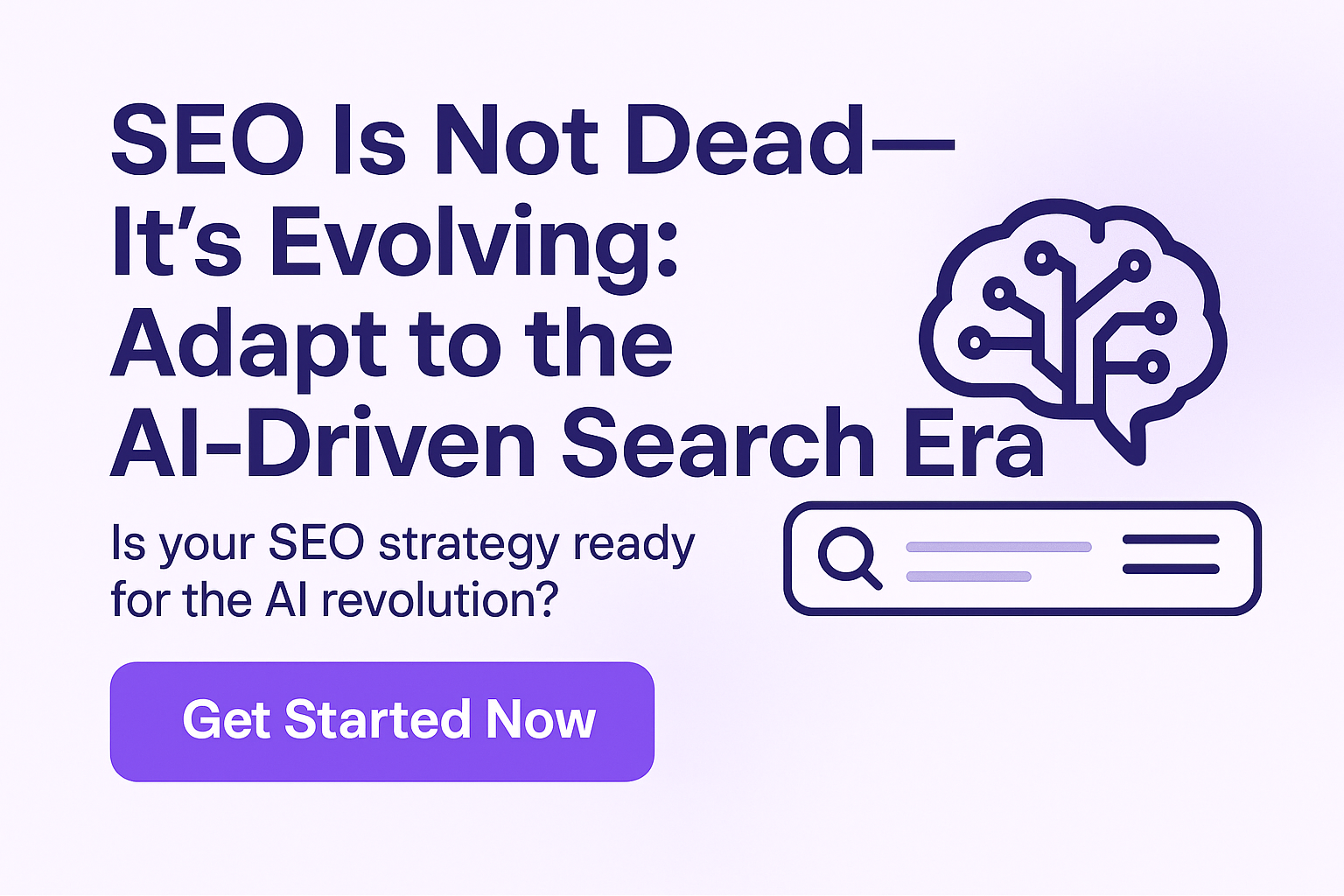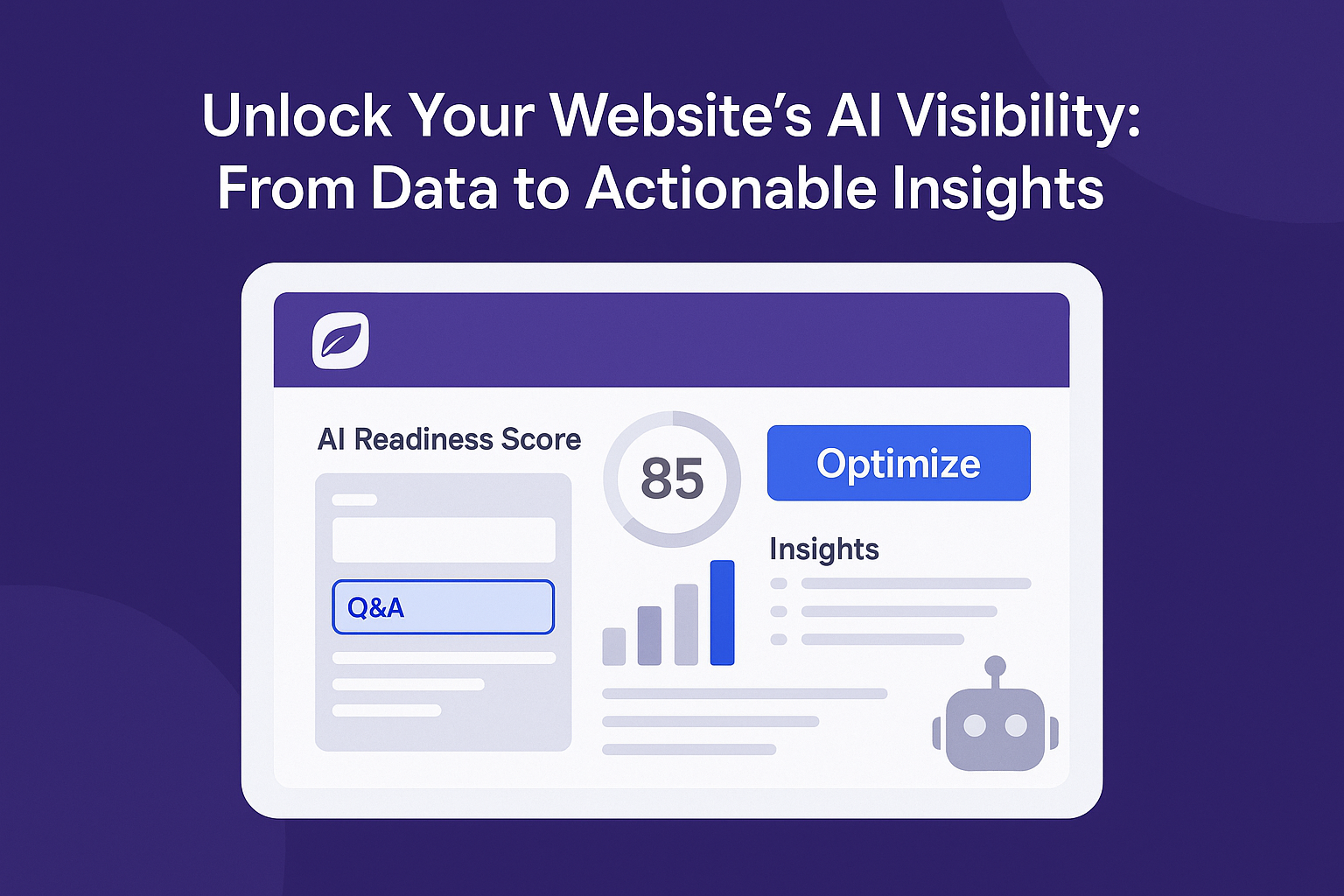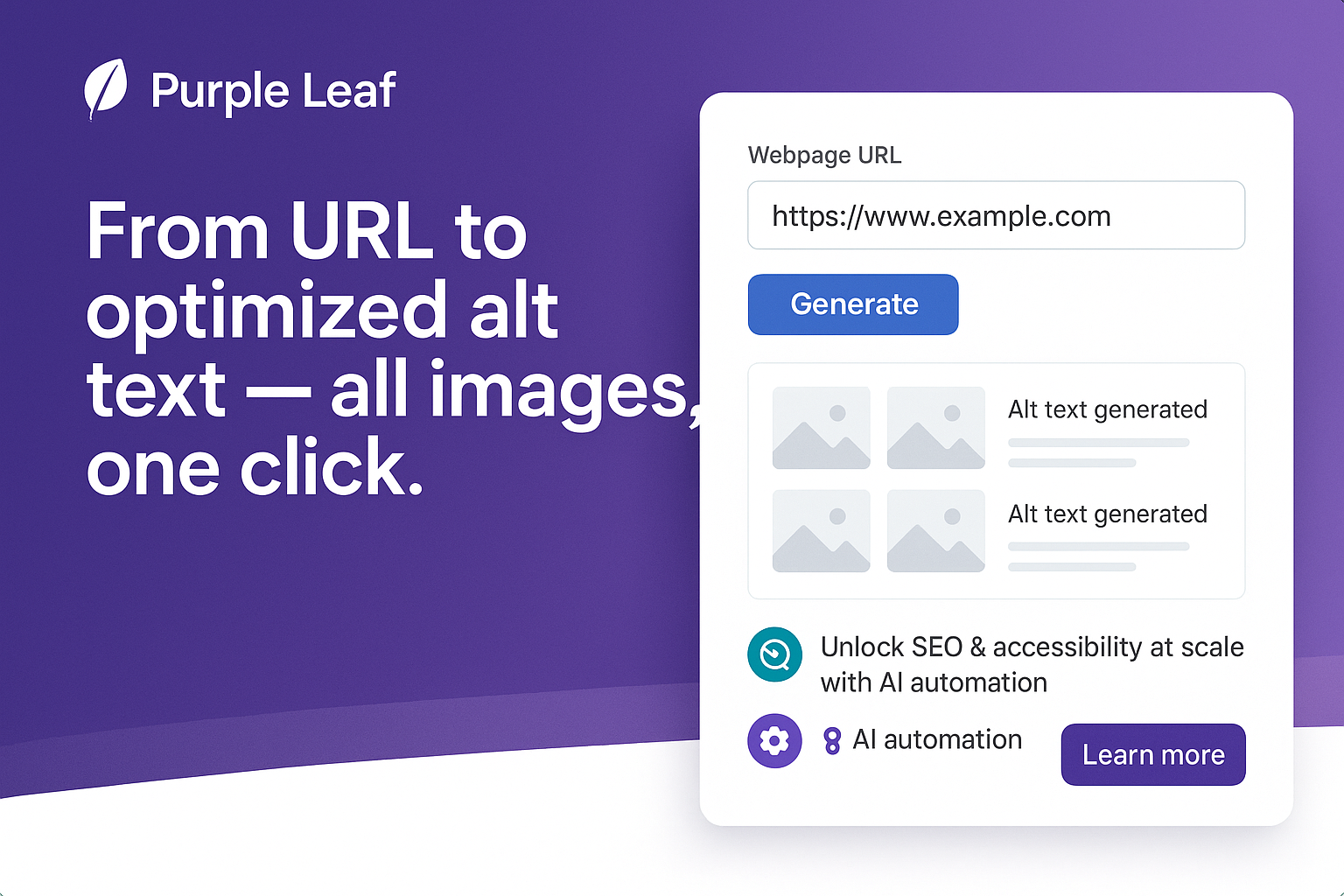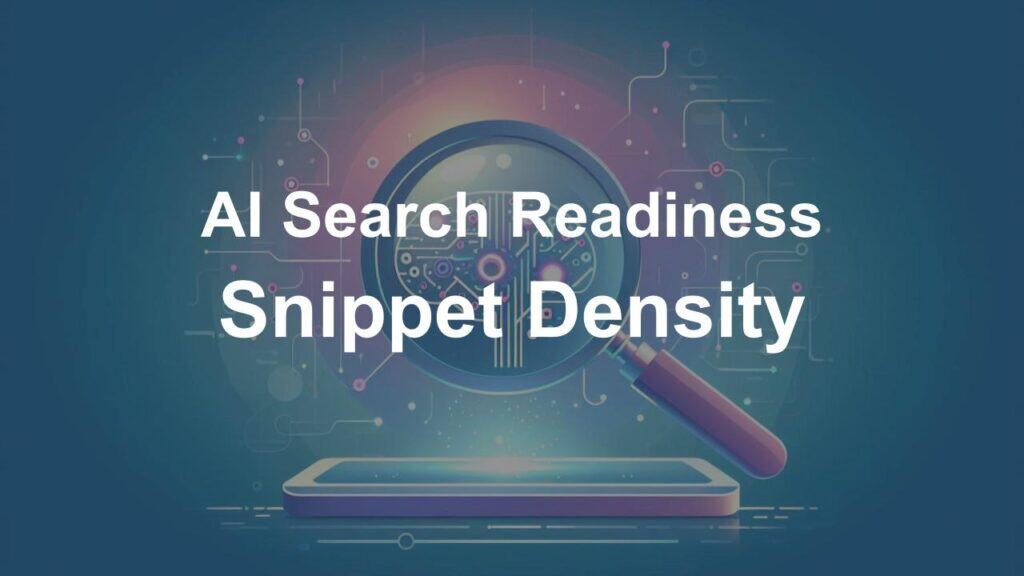
Introduction
Search has shifted. Today, people don’t just scroll through blue links—they rely on AI answer engines like ChatGPT, Perplexity, and Google’s AI Overviews to deliver instant, ready-to-use responses. For businesses and creators, this means the way you write your content directly affects whether your website makes it into those summaries.
In our earlier post, we explored Entity Salience and how consistently highlighting key topics helps AI understand your focus. Building on that, this post dives into snippet density—the art of turning well-structured content into bite-sized answers that AI and readers can instantly use.
What is Snippet Density?
Snippet density refers to how often your content presents concise, context-rich fragments that AI systems can easily extract. Think of it as “answer-friendly formatting.” A page filled with dense paragraphs forces AI models (and readers) to work harder, while a page filled with short, clear blurbs makes it easy to identify and pull answers.
Why Snippet Density Matters
High snippet density boosts your chances of being featured in:
- AI Overviews
- Featured snippets on Google
- People Also Ask boxes
- Voice search responses
But it’s not just about algorithms. Human readers also appreciate content that’s easy to scan, especially when they’re looking for quick answers. A snippet-dense page serves both audiences—machines and people.
Best Practices for Increasing Snippet Density
If you want your content to be snippet-ready, here are some practical steps:
- Keep paragraphs short: Aim for 2–3 sentences per paragraph so both humans and AI can process them easily.
- Use lists generously: Bullet points and numbered lists are naturally snippet-friendly since they package information cleanly.
- Structure with subheadings: Break your page into logical sections with descriptive H2s and H3s. This gives AI clear context for what each block is about.
- Write in simple, direct language: Avoid overly complex sentences. A clear answer will always beat a clever one when it comes to snippetability.
- Include ready-to-pull blurbs: Definitions, quick facts, or step-by-step instructions work best when they can stand alone.
Common Mistakes to Avoid
Just as important as best practices is knowing what to avoid:
- Long, unbroken paragraphs: These bury the answer inside walls of text, making it hard for AI to extract.
- Keyword obsession: Overstuffing keywords creates clunky, unnatural text that won’t get picked up.
- Vague or incomplete answers: If your content doesn’t provide a clear, standalone response, it won’t be snippet-worthy.
- Skipping user intent: Writing without considering why someone searched the query leads to irrelevant or low-value text.
- Forgetting context signals: Leaving out supporting details, like examples or definitions, reduces snippet quality.
The takeaway: focus on clarity and intent, not just word count.
Snippet Density in Action
For example, imagine someone searches: What is snippet density?
Low snippet density version:
“Snippet density is an important aspect of modern SEO, where the content on a page needs to be broken into smaller, digestible pieces for both users and AI systems. If you don’t structure your paragraphs correctly, it becomes harder for AI tools and search engines to understand and select portions of text.”
High snippet density version:
“Snippet density is the frequency of concise, context-rich fragments on a page. Higher snippet density improves chances of being featured in AI Overviews, snippets, and voice answers.”
Which one do you think AI would pick? The second—because it’s short, clear, and self-contained.
Conclusion
Snippet density is no longer a “nice-to-have”—it’s a core part of optimizing for both SEO and AEO (Answer Engine Optimization). By structuring your content into digestible, snippet-ready blocks, you increase your visibility in AI summaries, featured snippets, and beyond. To make this process easier, the AI Readiness Tool by Purple Leaf can help you analyze your content’s snippetability, readability, and overall AI-friendliness—ensuring your website is ready for the next generation of search.
